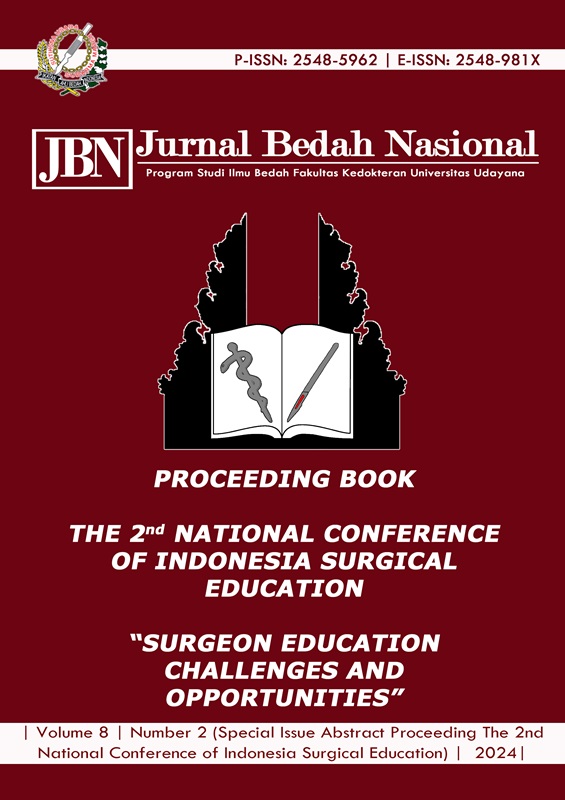033. Outcomes of Embolization with Various Embolic Agents in Patients with Pelvic Congestion Syndrome: A Literature Review
Abstract
Background: Pelvic congestion syndrome (PCS) is a condition that causes chronic pelvic pain in women of reproductive age.1 There are several management options, one of which is venous embolization using a variety of embolic agents. This literature review aims to explore various embolic agents and its effectiveness in treating PCS. Method: Literature search was performed at 4 different databases, resulting in 13 usable studies with total of 1153 subjects that were further analyzed and included in this literature review. Results: Different options for embolization summarized in this study include coiling, vascular plug, sclerosant agent, glue, and vinyl alcohol copolymer. Coiling is the option most used, with 9 studies mentioned its usage. In all the studies, positive outcomes were observed (reduction in VAS, clinical remission), but there are still few studies that compare the variety of embolic agents and their outcome. Conclusion: Embolization remains a viable option for PCS management, but further clinical trials are needed to compare different types of embolic agents and their outcomes.
Downloads

This work is licensed under a Creative Commons Attribution 4.0 International License.
Program Studi Ilmu Bedah Fakultas Kedokteran Universitas Udayana. 
This work is licensed under a Creative Commons Attribution 4.0 International License.






